How long SEO takes to get results: A list of factors that speed up SEO growth
When planning a journey, you usually consider the length of the trip and its cost. Similarly, if you are starting a new SEO project, you want to know how long it takes for SEO to start working and how much you have to invest in order to get staggering traffic growth and achieve the desired results. So, here’s the answer.
First and foremost, don’t expect to get instant gratification. SEO is more like a marathon than a sprint. There’s no definite answer for how long this kind of marathon normally lasts. Most experts agree that a website should start seeing its first results in about four to six months. But if we leave “normally” out of the equation, the answer may vary tremendously.

By the way, you can check any website’s SEO and see how well-optimized it is for both search engines and people using our SEO Site Checker tool.
What Google says about how long SEO takes
Google is constantly updating its crawling and indexing algorithms, as well as improving its overall search engine functionality. When Google first entered the digital marketing landscape, some grey areas and shortcuts allowed SEOs to trick the search engine and get better results. Google has now optimized the algorithm to the extent that it can no longer be easily fooled. Let’s look at what Google says on this matter.

Be wary of agencies that guarantee rankings in a short time frame—especially under pay-for-performance models, which often emphasize speed over sustainability. We explain the risks in this guide to pay-for-performance SEO.
Google is essentially saying here that if you want to uncover your website’s full potential and succeed in today’s digital landscape, you must abide by the game rules. By the way, be sure to check out our detailed guides on SEO for new websites and SEO for startups to get a helpful nudge.
Factors that have the greatest impact on SEO results
Too many things impact a website’s SEO growth, from the level of competition in your business niche to the volatility of SEO itself. I’ll outline the major factors that can either speed up or slow you down on your way to your SEO goals. The scenarios discussed here will let you understand where your website belongs and how fast you can feel the benefits of SEO.
Business niche
Competition in your business niche is one of the most crucial factors impacting the speed of your SEO growth. The first thing that matters here is how saturated the market is. Playing against dozens of competitors is one thing, but trying to do better than hundreds of websites is a whole another story.
Each search engine results page, or SERP, contains 10 search results, which are blue links to the most relevant websites. Depending on the search query, the first SERP may include 10 or fewer links, featured or rich snippets, paid advertisements, etc. Why is it essential to get your website to rank on the first page of search results? Because the top one result gets 27.6% of all clicks, and only 0.63% of users clicked on something on the second page. These figures may vary depending on your industry. For example, CTR is usually significantly higher for branded searches. Nonetheless, you should always focus your SEO strategy on getting your page to the top of the SERP.
Now, there may be plenty of newcomers among your rival websites. In this case, you have a better chance of outranking them. If the niche is, on the contrary, dominated by established websites that have been holding on to the top 3 positions for some important keywords for years, then it will be much harder to oust them.
| BUSINESS NICHE IMPACT ON SEO GROWTH | |
| ✅ Few competing websites in your niche | ❌ Highly-saturated business niche |
| ✅ Top search results include younger websites | ❌ Established websites dominate the niche |
| ✅ Top-ranking websites are not SEO-friendly and lack backlinks | ❌ Top-ranking websites are well-optimized and have strong backlink profiles |
Both old and relatively new players in your niche may or may not be doing SEO. If the websites you’re competing with happen to be not SEO-friendly and lacking backlinks – thus ranking high simply because Google had no better alternatives – you should be able to take over their rankings relatively quickly. However, you’ll face hard times in oversaturated markets with experienced SEO players. It doesn’t mean you cannot succeed, it’s just that it will take much more time and effort to beat your strongest rivals.
The type of goods or services you offer also matters. Such business niches as health and wellness or finance are under higher scrutiny as their content may impact people’s health, happiness, and financial well-being. In order to prevent such websites from harming users, Google imposed high EAT requirements, which makes it hard for new websites that lack authoritativeness to succeed.
If you’re in a sensitive niche like healthcare or law, understanding how to build trust and visibility is essential, explored in detail in our SEO for dentists guide and SEO for lawyers guide.
Finally, there are some goods and services that Google considers particularly dangerous. Weapons, tobacco products, recreational drugs, and psychoactive substances are all on the list that prohibits them from advertising on Google Ads. The paid traffic channel is unavailable to such products, so organic search competition is particularly tough.
Target location
Whether you target a local, nationwide, or worldwide market, you’ll have to be ready to fight with a different number of rivals. Each country or region in Google is assigned its own country code top-level domain (for example, google.es or google.fr). This doesn’t mean they are separate domains per se because all search algorithms remain the same, but it does mean that every region has its own market with its competitive landscape and users. Traditionally, markets like the US, Canada, or the UK have had the most competition with numerous top-ranking sites. Get ready for fierce competition if you’re planning on targeting these markets.
This factor is tightly related to the previous one. The level of competition will also vary depending on the language that your target market speaks. Because English is the most common language on the web, used by 25.9% of all web users, competing with your rivals for an English-speaking audience will be challenging. SERP competition in languages other than English is usually less tough. “The best CRMs” query, for example, when Googled gets 255M results. The equivalent keyword in Spanish is “Los mejores CRM,” and Googling it will bring you just about 4.8M results. It goes without saying that for languages with fewer native speakers, like Dutch or Danish, the competition is even less tough. Creating multilingual content is a good idea if you want to grow on SERPs and hit several audiences simultaneously.
Finally, be aware that competition for local users differs from that for global users. Businesses targeting the worldwide market, like software companies, will see the highest level of competition as they’ll have thousands of websites from around the globe as their rivals, including international businesses with substantial marketing budgets.
Dentistry targeting a particular neighborhood will have fewer competitors operating in the same area, with even fewer having a website. Therefore, it can succeed much faster than an e-commerce website offering delivery across the whole country with plenty of rivaling sites selling the same goods and trying to rank for the exact keywords. Focus, then, on local SEO practices to rank higher and reach a local audience.
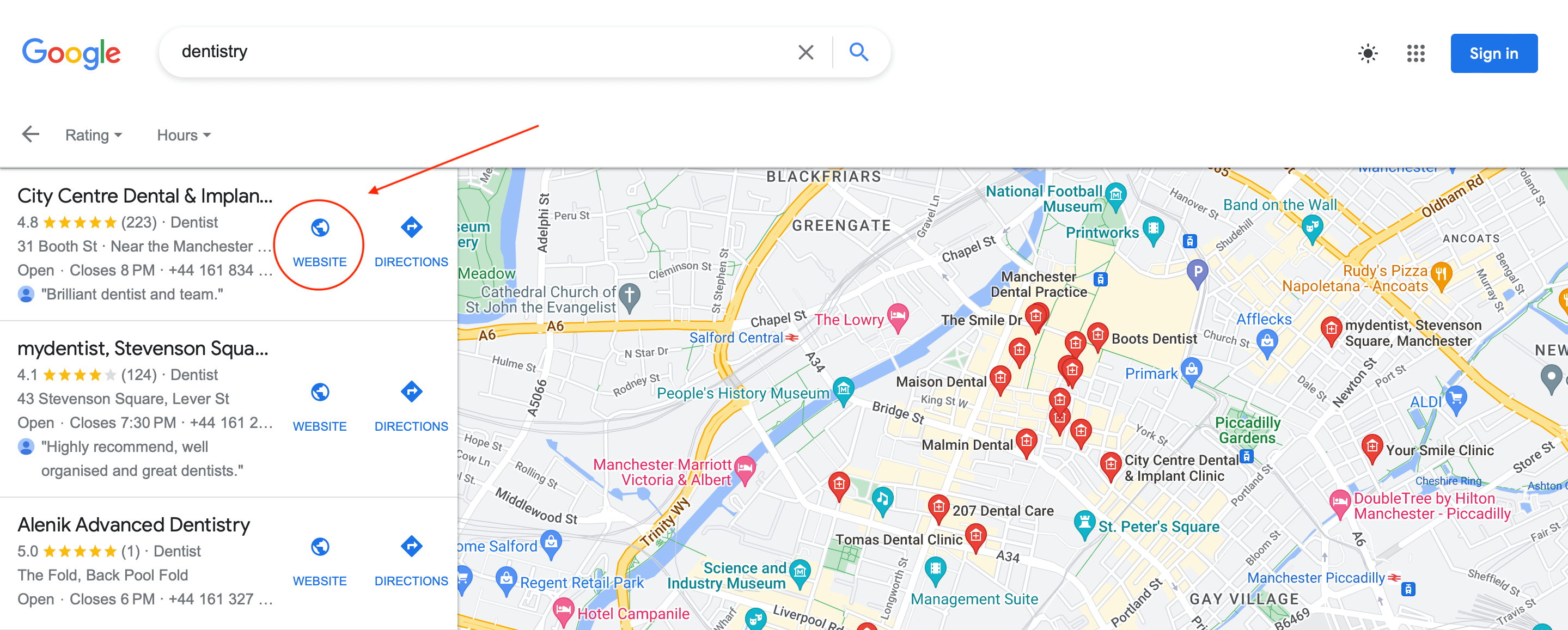
Want faster traction in global or regional markets? Check out our localization for SEO guide with action steps, best practices, and real examples to help your strategy align with local intent.
Target keywords
Not all keywords are made equal. Some are more generic and get thousands and even hundreds of thousands of monthly searches. Others are more specific and are searched for approximately forty times per month. Keyword popularity search will help you distinguish between different categories of keywords.
Let’s discuss some examples. A short-tail keyword with commercial intent will have a much higher difficulty score than a long-tail keyword with informational intent. Because the level of competition for high conversion or brand keywords is usually much higher, it will take more time to get your site to the first SERP. Depending on the type of keywords you target, the number and quality of backlinks on competitors’ sites, and the age of their domains, you can begin ranking high in no time or it can take a year or more.
So, for quick results, go for low-competition keywords like “gym workouts for beginners to lose weight” or “luxury lodges with hot tubs scotland.” There’s an abundance of such queries to choose from in any business niche. For example, SE Ranking’s Keyword Builder came up with over 161 thousand keyword ideas for the search query “lodge.”
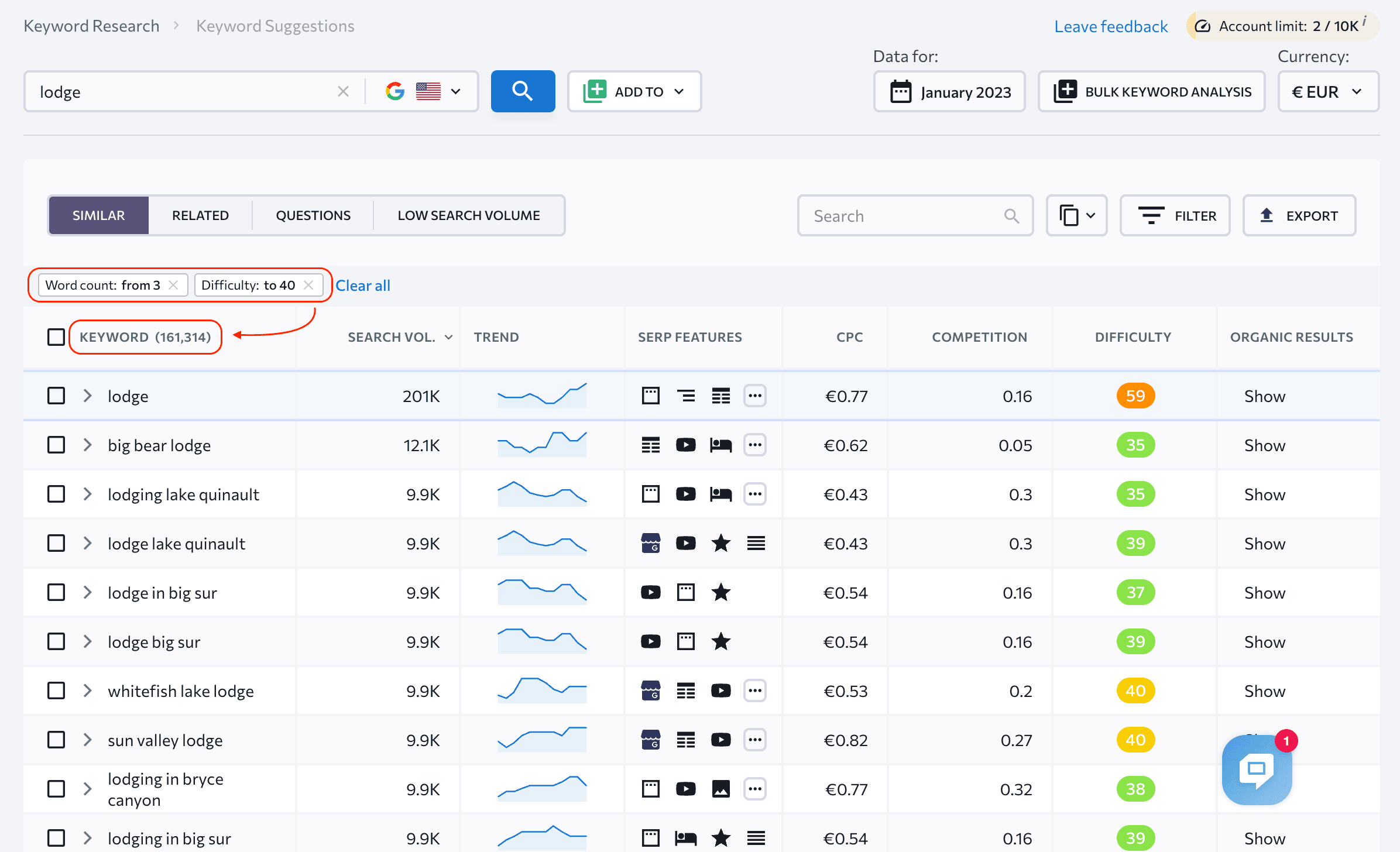
Long-tail keywords are highly specific – it’s clear what people expect to find when Googling the query. For this reason, many SEO strategies today are based on going long-tail and producing specific content that will perfectly fulfill the user’s intent. The drawback of this approach is that being low-volume, long-tail keywords won’t bring you much traffic. For example, the “Luxury lodges with hot tubs Scotland” query gets only 10 searches a month.
More generic keywords, on the other hand, usually boast higher search volumes. For example, people look for “mountain lodge” 2.4K times per month. At the same time, head keywords are highly competitive, so while they can bring you tons of traffic, don’t expect it to happen fast.
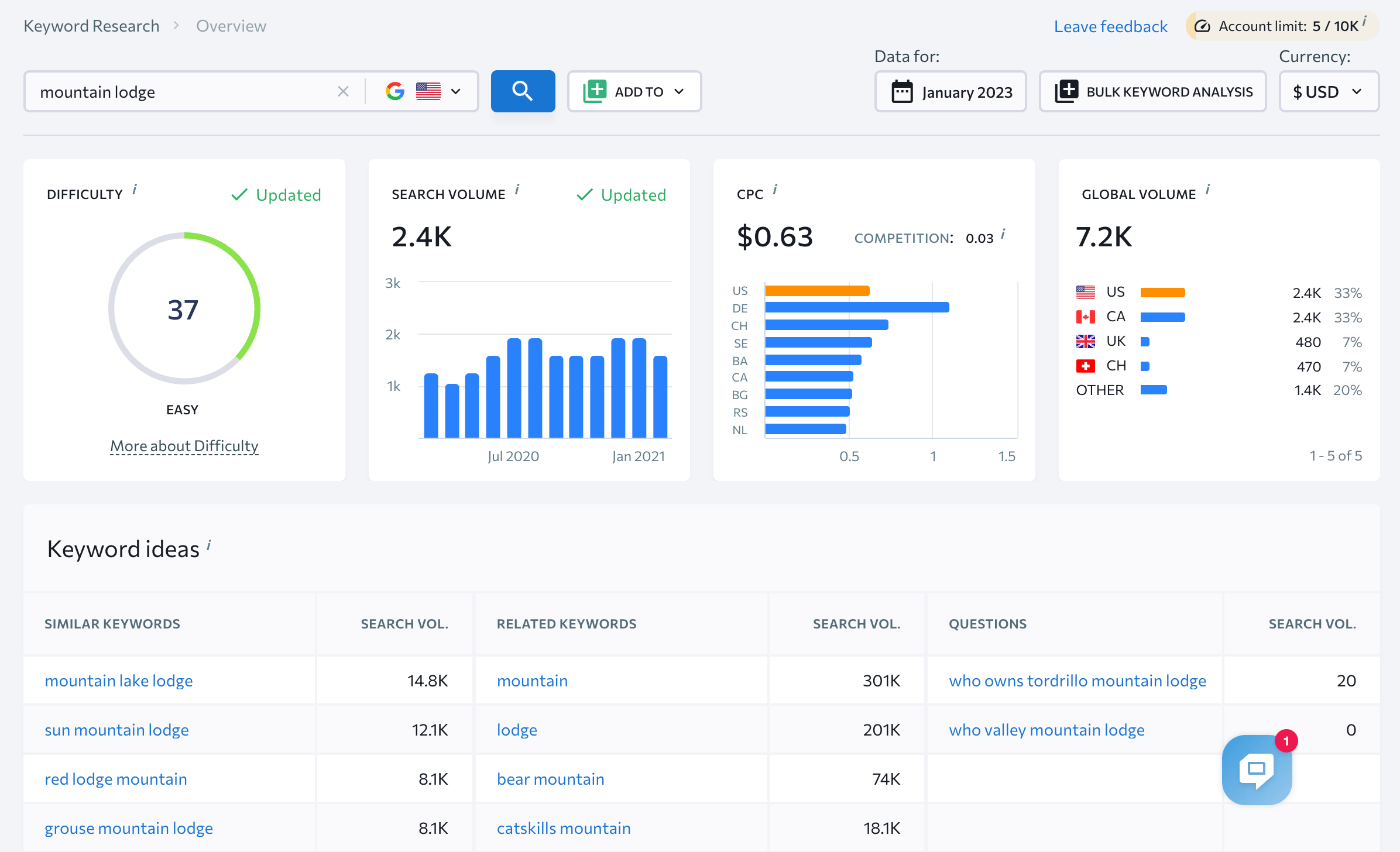
Another drawback of head terms is that they are too broad, and it’s sometimes unclear what user intent stands behind them. For example, with the “mountain lodge” keyword, it’s unclear which location the person considers, which type of accommodation is desired, and so on. This is why they don’t convert that well. Depending on your niche and target conversion action, long-tail keywords with a specific search intent tend to convert better.
Either of the two strategies may work for you – you have to realize that hunting for big fish will take much more time, especially if you are in a competitive niche and market. According to a study by Ahrefs, only 0.3% of websites manage to rank among the top 10 results in the first year for keywords with a monthly search volume of over 50 thousand.
Current SEO health
To estimate how long it will take to see the first tangible results, consider your website’s age, SEO history, and current SEO dynamics. Older websites usually see results quicker than younger ones: a new website typically sees results in two to six months, whereas an old website can see position improvement within one to four months.
Another thing that may impact the time frame required to reach your SEO results is the amount of work that’s already been done. Your website’s technical health, structure and user interface, published content, acquired backlinks, internal linking, and social media signals. These things and many other factors define how SEO-friendly your website is. There are three possible scenarios for how your SEO project could progress based on the factors mentioned above.

Half-ripe: halfway to success
Let’s start with the most optimistic scenario possible. It is when you need to promote a website that is already halfway through to SEO success. Let’s say a website has been around for a while, some quality evergreen content has already been published, and some PR work has been done. With this kind of website, an SEO specialist will have a solid basis to lean upon.
The SEO process will probably start with the polishing off of existing content. Provided that it was created with some customer problems in mind and not just for the sake of content publishing, it can be optimized for better SEO performance and some quick results. Some technical finetuning will follow, and internal linking will be implemented to strengthen the most important website pages. Naturally, more content will be produced after keyword research, and more backlinks will also be obtained.
So, while SEO specialists will still have plenty of work to do, you can expect the first results pretty soon if your website is already “in good shape.”
Green: Just slightly above zero
Now, let’s take an example of a brand new website. The good news is that there should be fewer technical errors to fix, and the design is supposedly modern and user-friendly. However, in any case, a new website will be somewhere closer to zero on the optimization scale. To start ranking high, you’ll have to produce plenty of quality content and get some mentions with backlinks, which takes a lot of time. Besides, new websites need more authoritativeness and trust that take time to acquire.
So, with new websites, SEO specialists won’t have to spend time on overhauling. Instead, they’ll have to start from scratch, which means the road to success may be prolonged.
Rotten: out of ‘suspension’ and back on track
The last scenario is the least optimistic one – when you have a website with an adverse SEO history. It might be your case if your previous SEO specialists resorted to shady SEO techniques, which Google did not appreciate. Or maybe you bought a domain and were unaware that it had some manual actions imposed on it in the past. To bring your website back on track, an SEO specialist will have to do a massive cleanup.
They’ll first have to deal with bad links pointing to your website. Then, there’ll probably be some technical errors to fix and some junk content to get rid of. Once the cleanup is over, the time will come to fill your website with quality content and build backlinks from trusted sources. The problem here is that someone who once lost Google’s trust will have to work twice as hard to regain it and start ranking high.
So, while a lot of work will be done to get your website out of Google’s disgrace, a lot of time may pass before you see any significant improvements.
Selected SEO strategy
Analyzing the market and choosing the right keywords to target is just one part of your overall SEO strategy. You’ll also have to decide on how to build backlinks to your websites, come up with the best possible website structure, and generally decide on the things that should be done first to achieve your goals faster.
Different approaches result in different outcomes and timelines. For example, you can prioritize your content and backlink portfolio over technical SEO or user experience. Let’s take a look at each approach.
Content
Prioritizing content marketing is the most obvious way to improve your site’s quality and SEO. You can use more valuable keywords by creating new pages with unique and helpful content. Instead of optimizing existing content, new content allows you to provide more value to users, which improves the quality of your website and allows it to rank higher.
Backlinks
Backlinks signal to Google that the content on your website is valuable, up to date, and can provide real value to users. This is especially true if a backlink comes from another authoritative website, one that is trusted by both search bots and searchers. The more high-quality backlinks your site gets, the more trustworthy it will appear to search engines, eventually resulting in higher rankings on the SERPs.
Technical SEO
Solving or improving tech issues on your website is vital for SEO. It allows search bots to quickly access, crawl, and index your website, ensuring that your other SEO endeavors run more smoothly. Tech SEO allows your website to run smoothly, allowing you to focus on implementing other SEO techniques and attracting new organic traffic.
User experience
Any search engine’s ultimate goal is to provide users with a great experience by suggesting search results that are useful and convenient. To that end, search engines assess user interaction with the page and evaluate the following signals: click-through rate, bounce rate, time on the page, clicks, and more. A well-optimized page has a better chance of ranking higher and doing so faster.
It’s no secret that in addition to white hat SEO techniques, there are also black hat and grey tactics that are meant to outsmart Google’s algorithms and help the website achieve significant ranking results much faster. Of course, such techniques may be pretty successful and yield the desired results earlier than expected. However, in the long run, such an approach to doing SEO can backfire and, ultimately, drag down your website’s rankings.
Google evaluators constantly hunt down websites that violate Google’s guidelines and impose penalties on them. As Google sticks to the customers-first approach, punishing violators allows it to serve its end-users better and keep all websites that may impede the user experience away from the top of the SERP. However, it is still possible to recover from penalties, but getting kicked out of the SEO game will have a devastating effect on your website’s performance.
Now, which SEO strategy would be best for your site? In reality, they are all equally important, so combining is the best option. But make sure to do it gradually, shifting from one to another. We suggest the following 6-month plan for steady SEO progress.
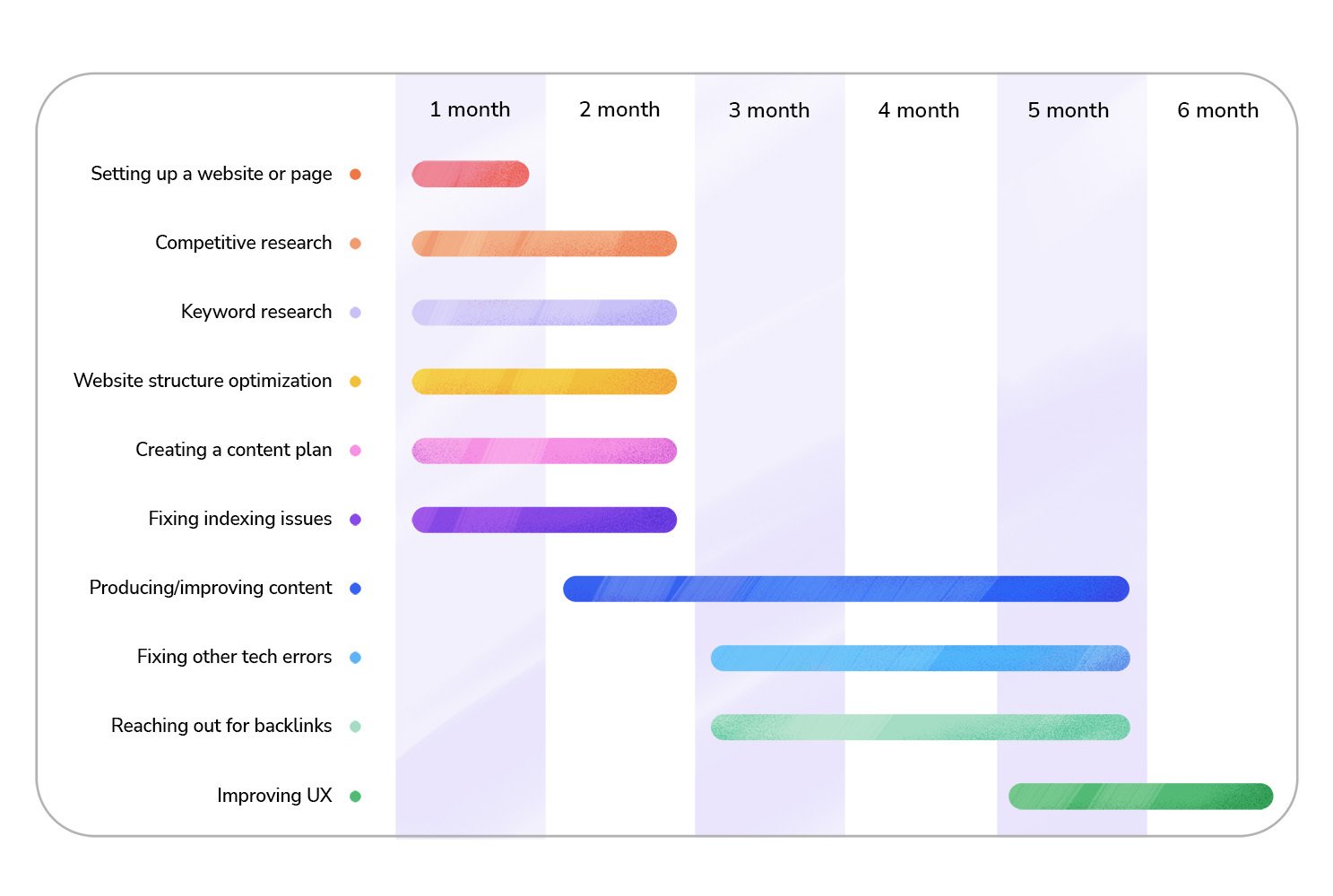
The earlier you start, the sooner you’ll achieve your goals. However, the success of your SEO strategy depends on each step. For example, you’ll reach your goal sooner with a thorough competitor or keyword research, top-notch quality backlinks, or an intent-focused UX design.
Available resources
Regardless of the scenario you find yourself in and the strategy you choose, driving your website to the top will take a lot of hard work. And it’s more than just the work of the SEO specialist I’m referring to.
You’ll need to have all the technical errors fixed, which means you can’t do without a website developer. And while some issues can be corrected relatively fast, other errors are rather complicated and resource-demanding. So, to quickly nail the technical part of your website, the developer needs to have some time to spare. Alternatively, you can hire a freelancer to do the job for you, but handling things with someone working remotely usually takes even more time.
This leads us to the conclusion that having more resources allows you to get SEO results much faster. If you can invest enough money into creating content, buying backlinks, and hiring professional developers, your SEO project will most likely yield excellent results. It would be nearly impossible, on the other hand, to achieve your desired SEO results in a highly competitive niche without enough resources.
Then, to make your SEO strategy work, you’ll have to create a lot of quality content which again takes time, as all good things do. If you don’t have any in-house copywriters to do the job, you’ll once again have to find a skillful freelance specialist. Again, this takes time and will also cost you a pretty penny.
How much does SEO cost?
To successfully complete an SEO project, you will need an SEO specialist, a content marketer, and a developer. According to recent Ahrefs industry research, most SEOs charge $75–100 per hour. Copywriters on Upwork have an hourly rate of $19–45, similar to software developers with a rate of $15–30. Considering that your project requires 80 hours of SEO work, 40 hours of copywriting, and 10 hours of development, we can estimate that SEO costs $7,000–$10,000 per month.
SEO specialist’s expertise
Unless you are willing to do your website SEO on your own, it will be your SEO specialist who will be deciding which strategies to rely on and which changes to implement on your website to make it more rankable. And the faster your SEO specialist makes all the crucial changes, the sooner you’ll see some tangible results. So choose someone who can set priorities straight and offer you an actionable SEO plan.
Since SEO involves a lot of things, from technical improvements and content creation to setting proper internal linking and building backlinks to a website, your expert should be knowledgeable in all of these areas. Any mistake they make will slow your website growth and negatively impact your rankings. Getting things right will take time, and even more time will pass before search engines notice that some corrections have been made. Besides, some mistakes cannot be corrected – once the page is deleted, there is no way of getting it back.
Also, beware of SEO specialists who use outdated tactics. SEO is not like math or physics – the algorithms that define the rules of the game change all the time. Something that worked well a decade ago, like keyword stuffing, will only harm your website today. Having a person that got stuck in 2010 onboard your processes means you’ll be wasting precious time without progressing and may waste even more time in the future correcting all sorts of errors.
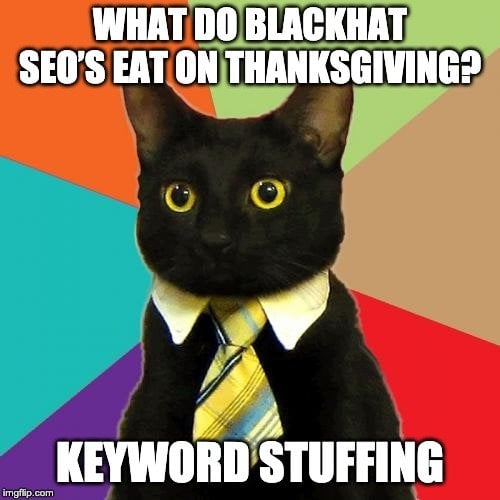
So, the bottom line is: Make sure to hire someone knowledgeable who stays on top of every SEO trend. Then, whichever market you are in, the SEO expert will be able to analyze the competition and build a viable SEO strategy for your business.
Hire a knowledgeable specialist who stays on top of every SEO trend. Provide them with as much information about your business as possible, as well as enough resources to keep them on track for as long as needed. If given complete freedom, an SEO expert can analyze the competition and build a viable SEO strategy for your business.
Takeaways
So, when you’re planning to embark on your SEO journey, make sure to evaluate your team’s available resources adequately. If some core tasks won’t be completed as fast as desired, it will slow down your SEO growth. Then, once you take all of the factors discussed in this post into account and get a rough estimate of how long SEO may take for your business, carefully plan out your budget. Otherwise, you risk running out of funds halfway to the destination.
Be patient! If you don’t see any results after three to six months, then keep waiting. If nothing happens after six to 12 months, it may be time to reconsider your SEO strategy and try something new. If there are no significant changes after a year, you may want to reconsider. SEO takes a while to start working, so you’ll have to spend a lot of funds, time, and effort before you get any return on your investment. But the benefits you’ll eventually gain are well worth all the hard work it takes to make your website visible in search.

